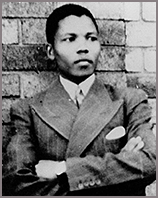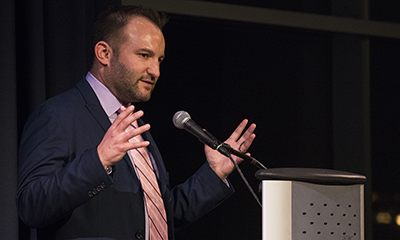Prison Walls Block Nelson Mandela Communication
Could you survive on just one letter every six months?
Shortly after Nelson Mandela’s death, writer Zoë Wicomb wrote in a Dec. 16, 2013 New Yorker Postscript article that during most of his long Robben Island imprisonment, Mandela was allowed to send and receive only one letter every six months.
What a dramatic contrast with today’s communication environment where most of us can talk, tweet and text to anyone, any time.
This strict prison control over Mandela — the communication equivalent of “solitary” — made me wonder: What choices would I make to squeeze the most out of this precious, once-every-six-month’s communication? Who would I communicate with, and what would the messages be?
Mandela often chose to write to his daughters, Zeni and Zindzi, whom he had last seen when one was 3 years old and the other 18 months.
In one letter, just after his activist wife, Winnie, was also imprisoned, he wrote them: “It may be many months or even years before you see her again. For long you may live like orphans, without your own home and parents, without the natural love, affections and protection Mummy used to give you.”
He went on, providing guidance as most fathers would, “In the meantime, you must study hard and pass your examinations, and behave like good girls.”
How would you respond to such a restrictive situation? Who would you communicate with, and what would be important for you to say? What questions would you ask about the outside world?
Maybe a more important question for all of us: How much of our current communication could we give up without losing a whole lot?
Please comment to share your perspective.







Leave A Comment